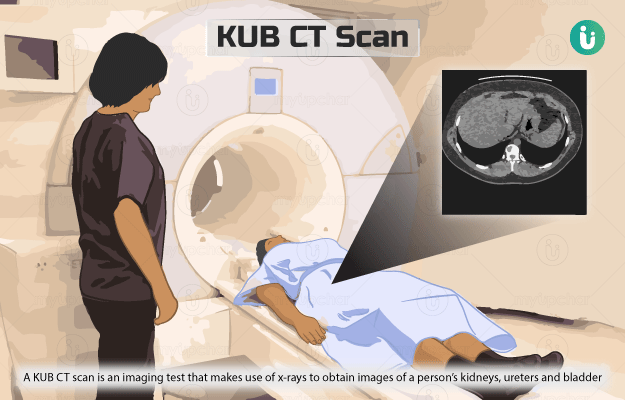RT-PCR or reverse transcriptase-polymerase chain reaction is a diagnostic test that is used to look for the presence of nucleic acids, specifically RNA (ribonucleic acid), in a given sample.
Nucleic acids are long-chain polymers of sugar, phosphate and a nitrogenous base. They include both DNA (deoxyribonucleic acid) and RNA (ribonucleic acid).
In a human body, DNA is responsible for coding all the traits - ranging from your eye colour to the colour of your hair and the number of toes you have. RNA, on the other hand, is a messenger, that carries the message (code) of the DNA so the cellular machinery can translate it and make proteins. In a human cell, DNA stays in its place inside the nucleus - a small organ inside the cell.
However, some viruses do not have DNA. Instead, their RNA serves as their genetic material. Common RNA viruses include the hepatitis C virus, influenza virus and coronaviruses like SARS virus, MERS virus and the SARS-CoV-2 virus that causes COVID-19.
Polymerase chain reaction or PCR is a technique that is used to makes clones or several (millions of) copies of DNA or RNA or specific sections of a DNA or RNA chain. To make the copies of DNA, the PCR machine uses the enzyme DNA polymerase, which is responsible for cloning DNA in body cells every time a cell divides.
An RT-PCR is a specific kind of PCR that can amplify RNA. It is occasionally used in clinical settings to look for viral RNA. RT-PCR is a much more effective method than looking directly for the presence of viral antigen (specific proteins released by the virus against which the body produces an immune response) since even a small amount of RNA can be used to diagnose the condition.
Most RT-PCRs give results in real-time - real-time reverse transcriptase PCR.
Read more: How are COVID-19 samples collected?





































